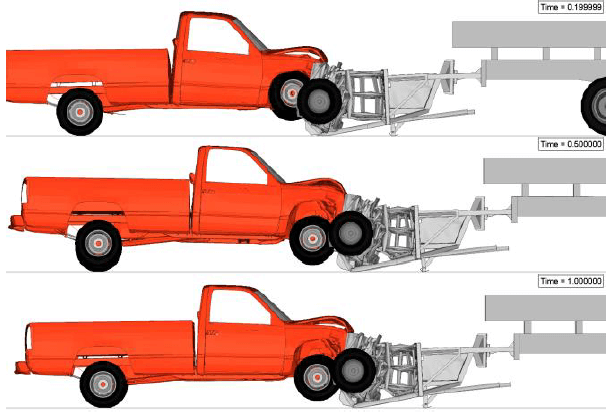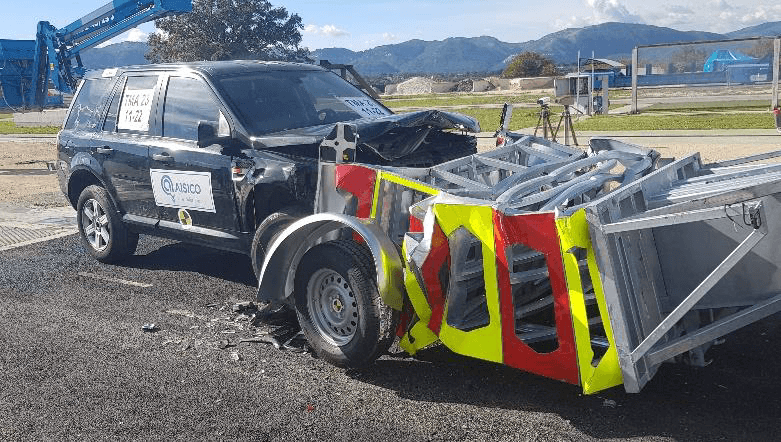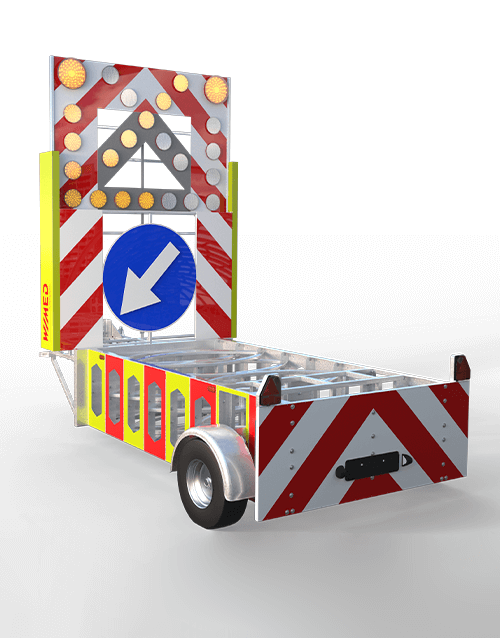Mobile absorber of kinetic energy when a vehicle hits a stationary or slow-moving truck, used on roads in work zones and during maintenance work
The subject of the project was a TTMA device (mobile absorber of kinetic energy when a vehicle hits a stationary or slow-moving truck, used on roads in work zones and during maintenance work).


SolidWorks software was used for the design work. The numerical model of the TTMA was prepared in Altair HyperMesh. The calculations were carried out in LS-Dyna.
A prototype of the TTMA mobile absorber, meeting the requirements of European standard CEN/TS 16786:2018 for an impact speed of 100 km/h (confirmed by experimental tests).

If you think about car… is it complicated? Chassy, wheels, engine, gearbox, stereo, air condition and you’re good to go. Well, cars are not so simple anymore. Automotive business evolved, and cars are no longer only about driving, it’s about how you spend you’re time during driving and of course – safety.
Read moreThe future of rail transport is inextricably linked to environmentally friendly technologies. According to many experts, hydrogen trains are to become one of the cornerstones of modern railways. How do Polish companies fare in terms of the advancement of work on the application of hydrogen in the railways? Can hydrogen trains revolutionise rail transport in our country and around the world?
Read moreThe idea of sustainability and a focus on ecology determine the direction in which modern public transport is heading. The hydrogen bus is an innovative means of transport that fits perfectly into the standards that modern public transport should meet. On the streets of Polish and foreign cities, it is increasingly common to see these low-emission vehicles, which not only quickly become a functional element of public transport, but also provide a range of benefits in other areas, including contributing to improved air quality in the locality. Along with their electric counterparts, hydrogen buses are expected to become an integral part of the urban landscape within the next few years. What makes such high hopes for them?
Read more